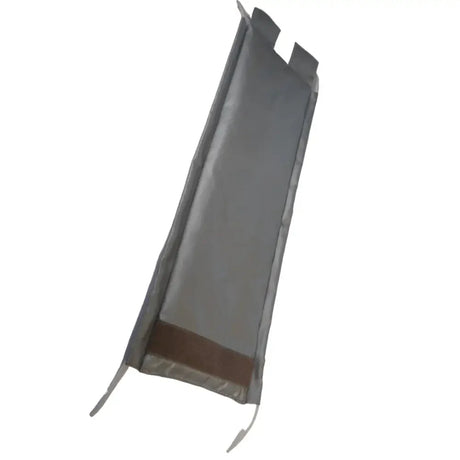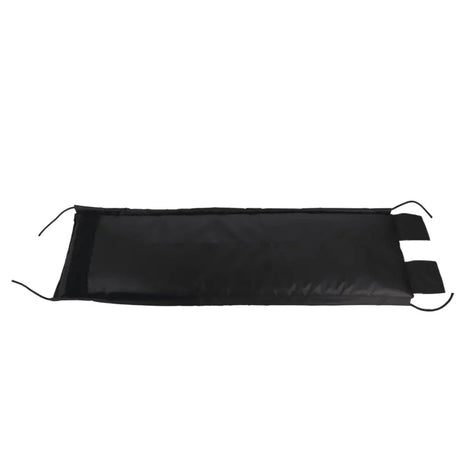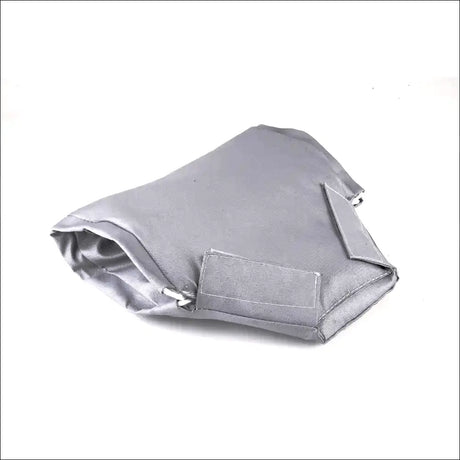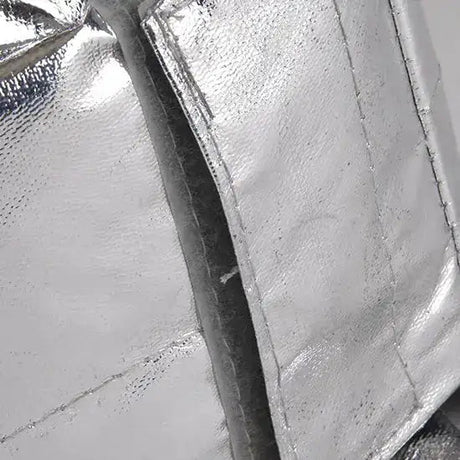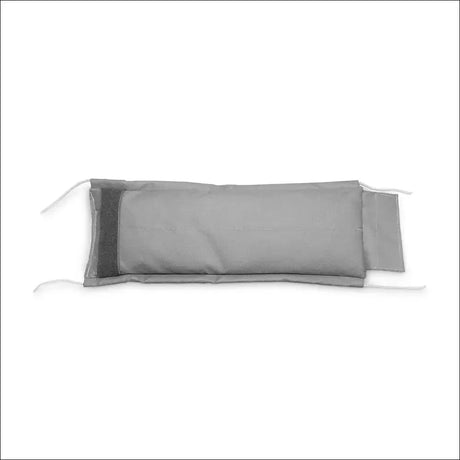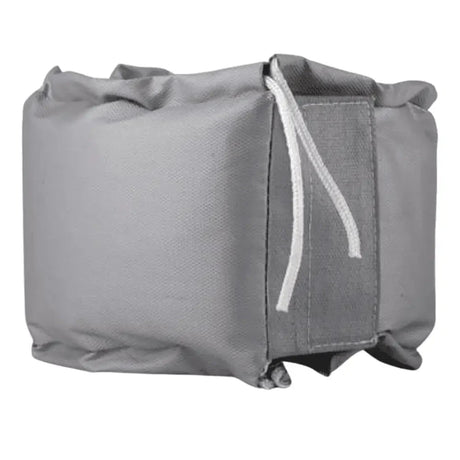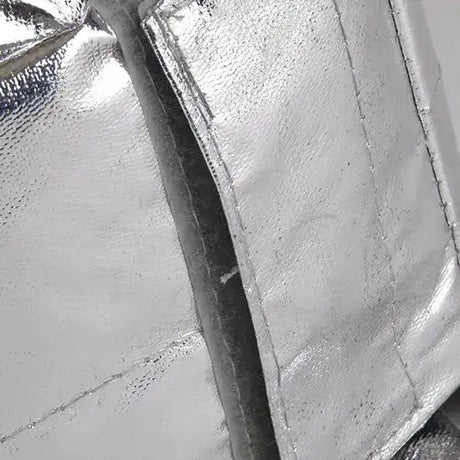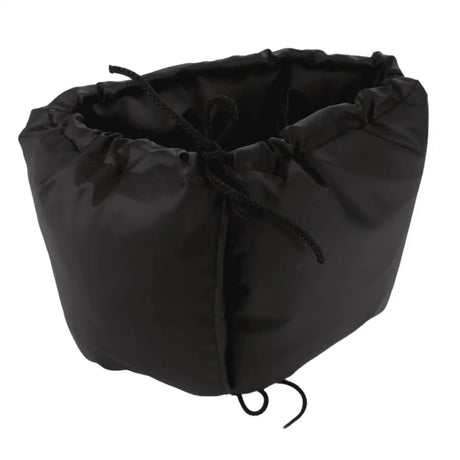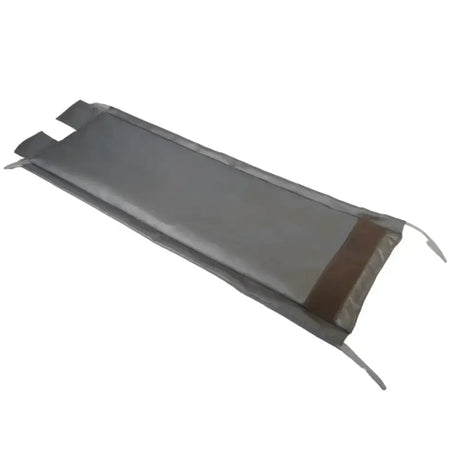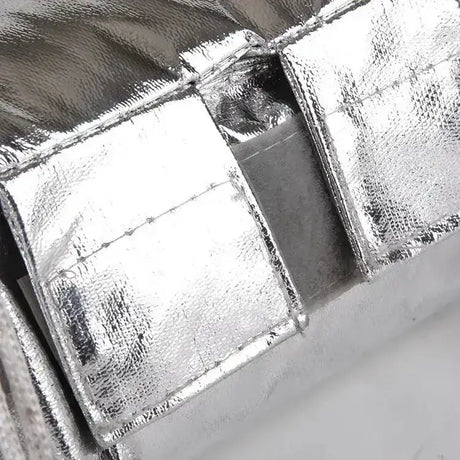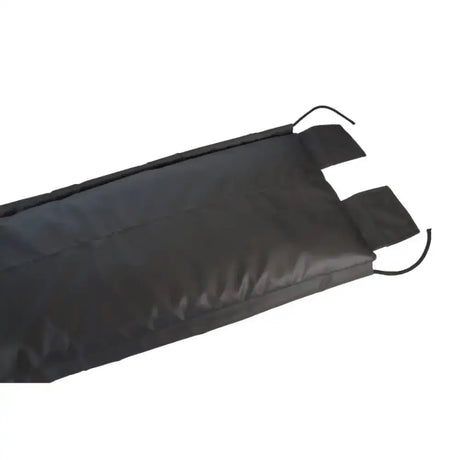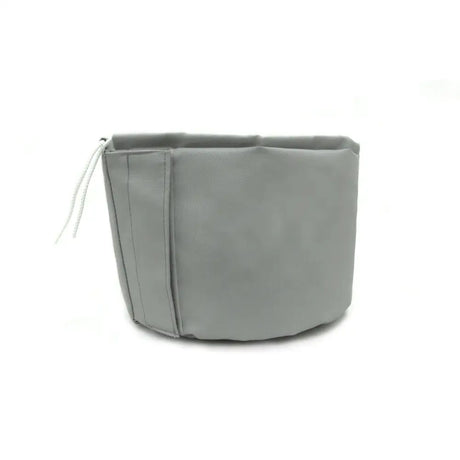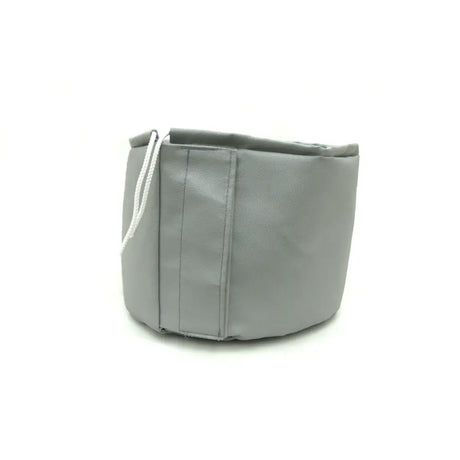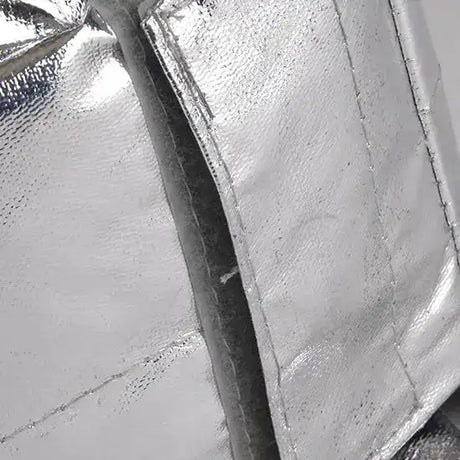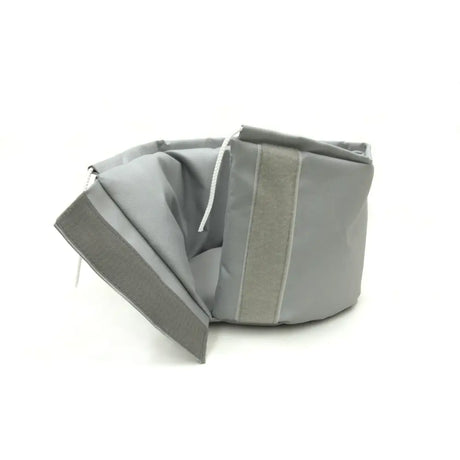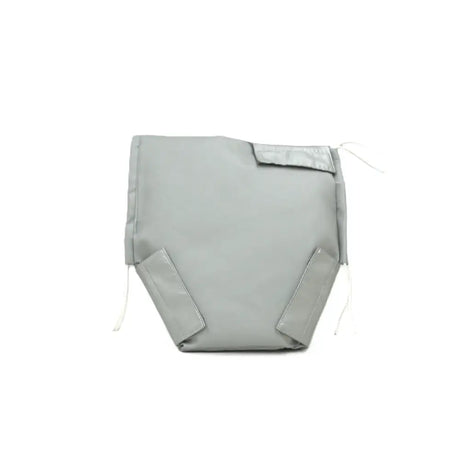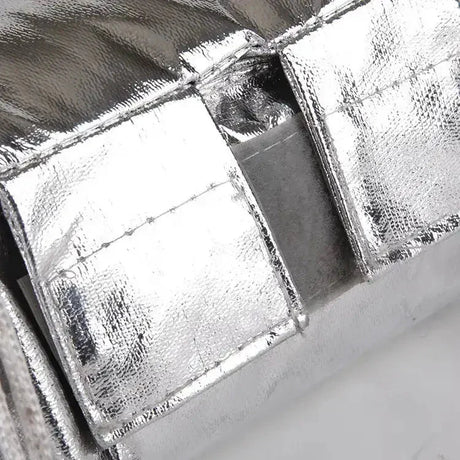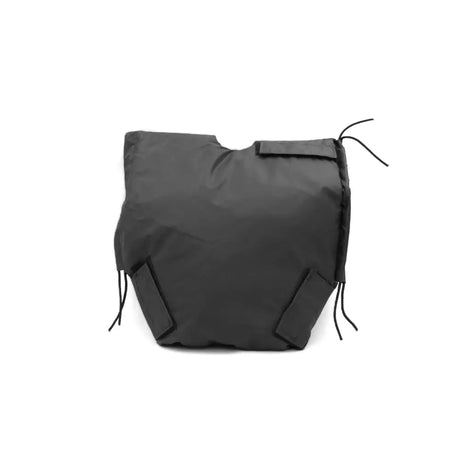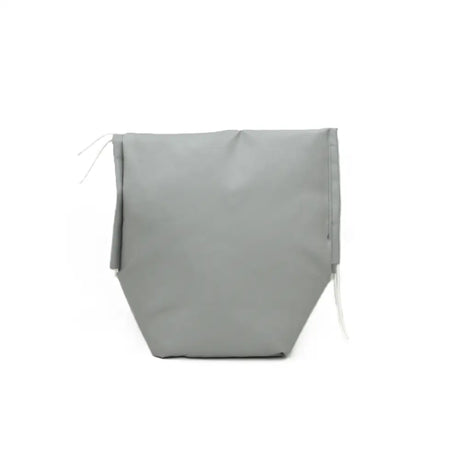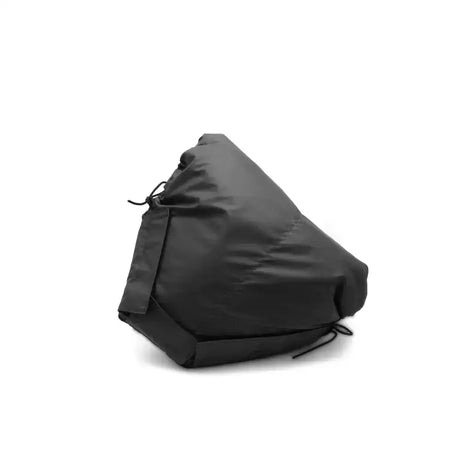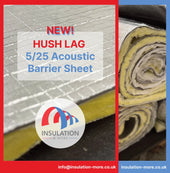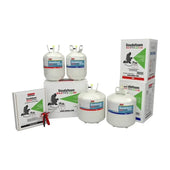Armaflex is a flexible elastomeric foam insulation material used widely in HVAC, refrigeration, and industrial applications. Properly installing Armaflex is key to ensuring optimal thermal performance and longevity of the insulation system. This article will cover the top recommendations when working with Armaflex insulation on pipes, ductwork, vessels, and more.
Tools and Materials
Having the right tools and materials on hand will make installing Armaflex much easier:
- Sharp knife - for clean, smooth cuts through Armaflex
- Fresh Armaflex adhesive - opened cans should be used quickly before adhesive thickens
- Armaflex cleaner - removes dust, dirt, oil
- Brush - short, stiff bristles are best for applying adhesive
- Template - included with Armaflex boxes for cutting angles
- Silver marker - for marking cuts
- Scissors - for trimming self-adhesive tapes
- Roller - speeds up adhesive application on large areas
Surface Preparation
Proper surface prep ensures Armaflex adheres correctly:
- Clean all application surfaces - remove any dust, dirt, oil, water
- Use the correct Armaflex dimensions - do not stretch or pull material when installing
- Allow installed Armaflex adhesive to fully cure for 36 hours before operating insulated system
- Never insulate plant or piping that is actively in operation - shut down system before installing Armaflex
Working With Armaflex Adhesive
Applying Armaflex adhesive properly is key for successful insulation projects:
- Always check adhesive cans before use - refrigerate unused adhesive to maximize shelf life
- Stir adhesive thoroughly before use
- Apply adhesive evenly in a thin film on both bonding surfaces using brush, roller, or Armaflex Gluemaster tool
- Allow adhesive to tack dry on both surfaces before joining - check with "fingernail test"
- Press surfaces firmly together once adhesive is tack dry - do not stretch the Armaflex
- Wipe away excess adhesive squeezed out of seams to leave clean finish
Fabricating and Installing Armaflex
Follow these tips when cutting and installing Armaflex tubes and sheets:
- Split Armaflex tubes along the flat side for clean cut
- Use Armaflex templates to cut tubes and sheets to required angles
- Push Armaflex tubes over piping rather than pulling to avoid damage
- Seal Armaflex tube and sheet seams under compression without gaps
- Stagger seams when applying multiple layers of insulation
- Prevent CUI by using full adhesive coverage between insulation layers
Outdoor Usage
Special steps must be taken when installing Armaflex outdoors:
- Paint outdoor Armaflex with Armafinish 99 - two coats for UV protection
- Alternatively, cover with metal cladding or Arma-Chek coverings
- Use HT Armaflex for outdoor applications up to 150°C without paint or cladding
- Seal all outdoor pipe and vessel joints with additional wet adhesive
Chilled Water and Refrigeration Systems
Recommendations for chilled water and refrigeration Armaflex insulation:
- Allow space between insulated pipes and vessels for air circulation and condensation control
- Compartmentalize insulation by regularly adhering Armaflex to the chilled surface
- Insulate all connected equipment with same thickness for uniformity
Following proper Armaflex installation best practices will result in long-lasting, effective insulation systems. Ensure the right tools and materials are on hand and all surfaces are prepared appropriately before starting work. Careful attention should be paid to cutting, gluing, and sealing techniques when working with Armaflex rubber foam insulation.
Frequently Asked Questions About Installing Armaflex Insulation
What tools do I need to install Armaflex?
You'll need a sharp knife, fresh Armaflex adhesive, Armaflex cleaner, a brush, template, scissors, and roller for best results.
How do I prep the surface before installing Armaflex?
Clean all dust, dirt, oil and water from surfaces using Armaflex cleaner before starting.
Can I install Armaflex on operating pipes or equipment?
No, you should always shut down and isolate the system before installing Armaflex.
How long does the adhesive take to cure?
Allow 36 hours for Armaflex adhesive to fully cure before operating insulated system.
Does Armaflex need a covering when installed outdoors?
Yes, paint outdoor Armaflex with Armafinish 99 or cover with cladding for UV protection.
How much space should I leave between insulated chilled pipes?
Leave some space for air circulation and condensation control between chilled pipes.
Should I use full adhesive coverage for multilayer Armaflex?
Yes, use full adhesive coverage between layers to prevent corrosion under insulation.


